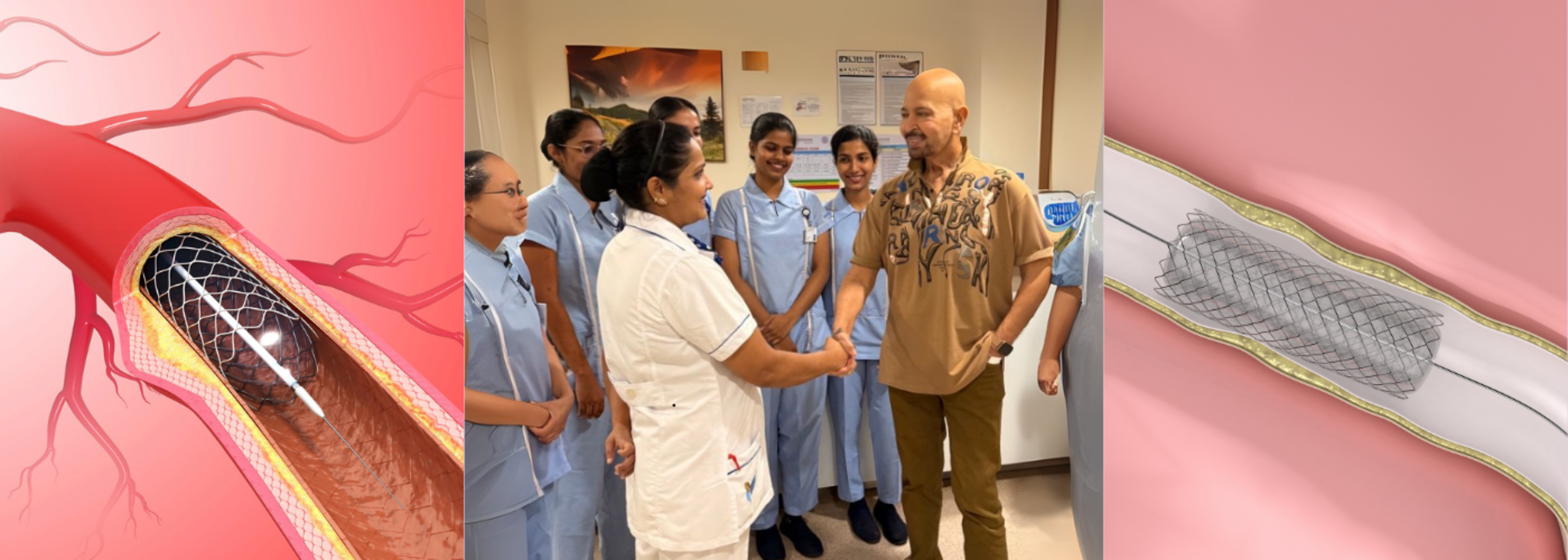Rakesh Roshan Undergoes Angioplasty, Shares Health Update And Asks People Over 40 To Get Regular CT Scan

Credits: Canva and Instagram
SummaryFilmmaker Rakesh Roshan underwent angioplasty, medical procedure used to restore blood flow through narrowed or blocked arteries. As he recovers, he thanks all the doctors, and urges everyone above 40 to get regular heart CT Scan. Know more.
End of Article
